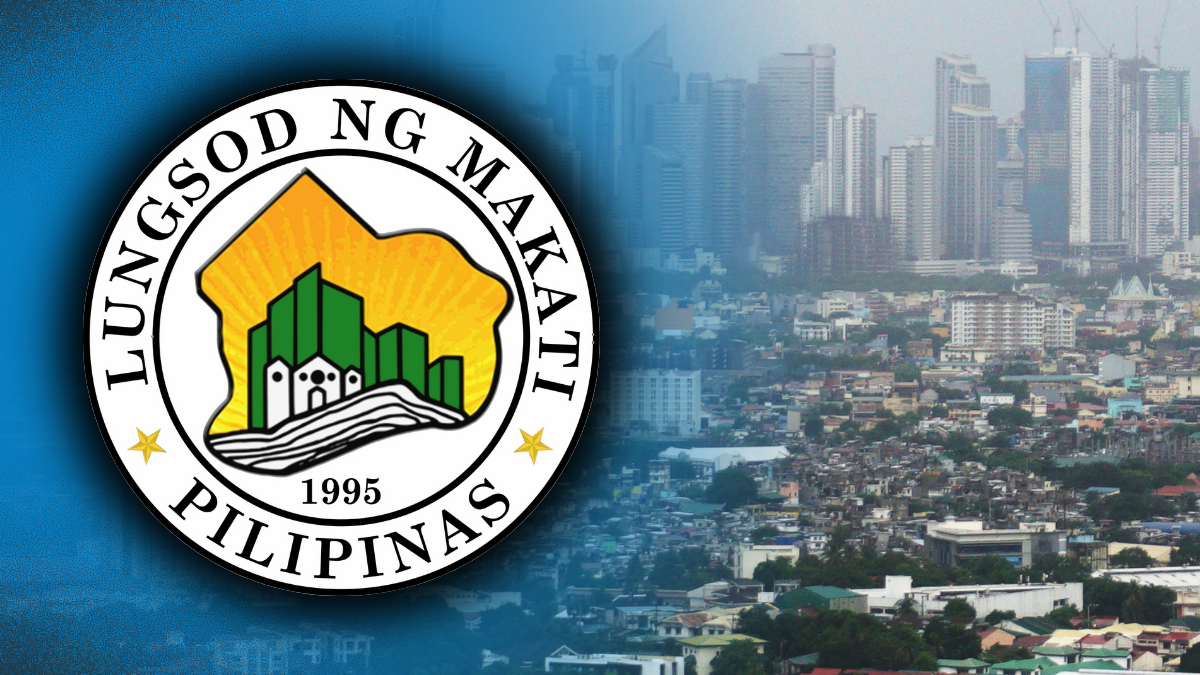
INQUIRER FILE PHOTO
MANILA, Philippines — Makati City Mayor Abby Binay on Tuesday clarified that the city is not under a state of calamity since the impact of Typhoon Carina and the southwest monsoon-induced rains on residents and livelihoods did not meet the criteria for the declaration of such.
“Based on the Revised Guidelines for the Declaration of a State of Calamity under Memorandum Order No. 60, s. 2019 of the National Disaster Risk Reduction and Management Council (NDRRMC), the impacts of the disaster on our residents, business and livelihood do not meet the criteria for such a declaration,” said Binay in a statement.
Binay also reported that no family is currently seeking temporary shelter at evacuation sites. Based on the July 25 evacuation update for the city, there were already no families in the evacuation centers.
According to the Revised Guidelines for the Declaration of a State of Calamity under Memorandum Order No. 60, s. 2019 of the National Disaster Risk Reduction and Management Council (NDRRMC), there should be at least 15 percent of the affected population in need of emergency assistance.
Binay said the city recorded that the total number of affected residents who needed assistance was “way below the minimum of 15 percent.”
NDRRMC’s guidelines for declaring a state of calamity also indicate that the impact on livelihood in the agricultural, business, and industrial sectors should be 30 percent.
Binay noted that the impact of the calamity on livelihood in the city is “negligible,” adding that it is “business as usual” with no disruption of essential services and operations of the local government unit.
“Throughout the joint efforts of our city hall personnel and the barangays, we have rapidly cleared debris and cleaned up the streets and waterways for the safety of pedestrians and motorists,” said Binay.
The NDRRMC, in its 8:00 a.m. bulletin on Monday, reported that 4.5 million individuals or 1.2 million families were affected by Typhoon Carina, the southwest monsoon or “habagat”, and Tropical Depression Butchoy.
Central Luzon tallied the highest number of individuals affected, with over 2.8 million.